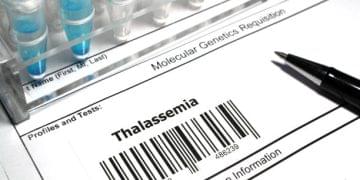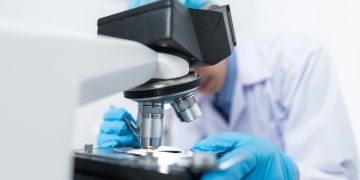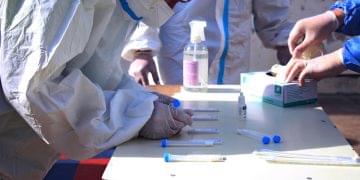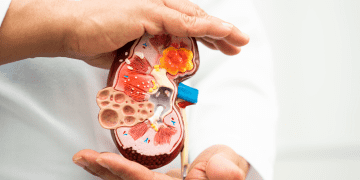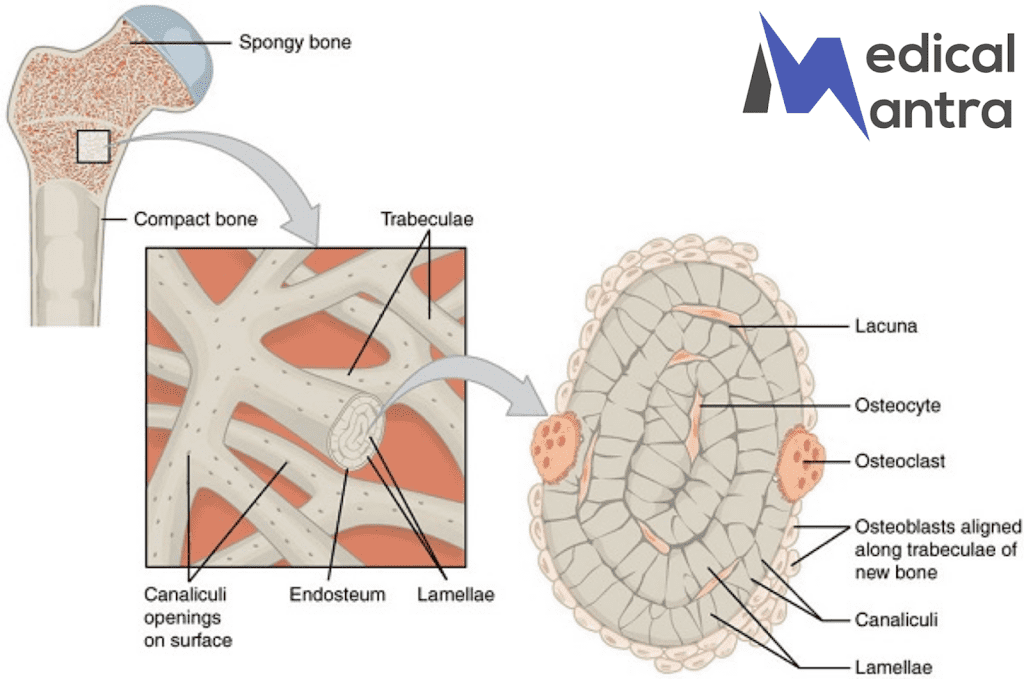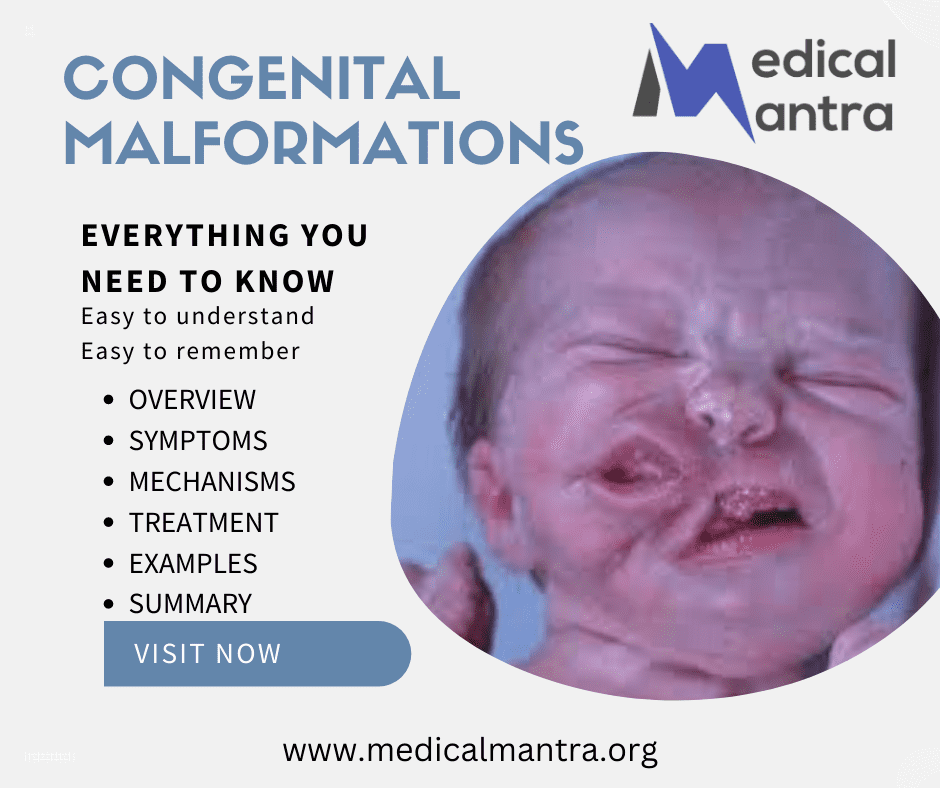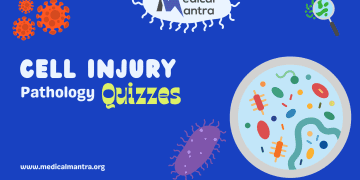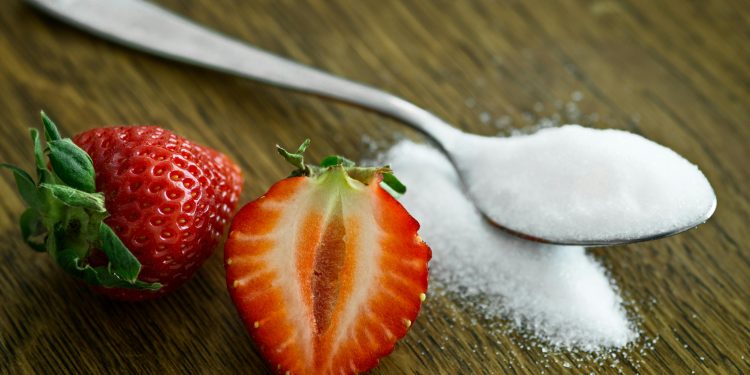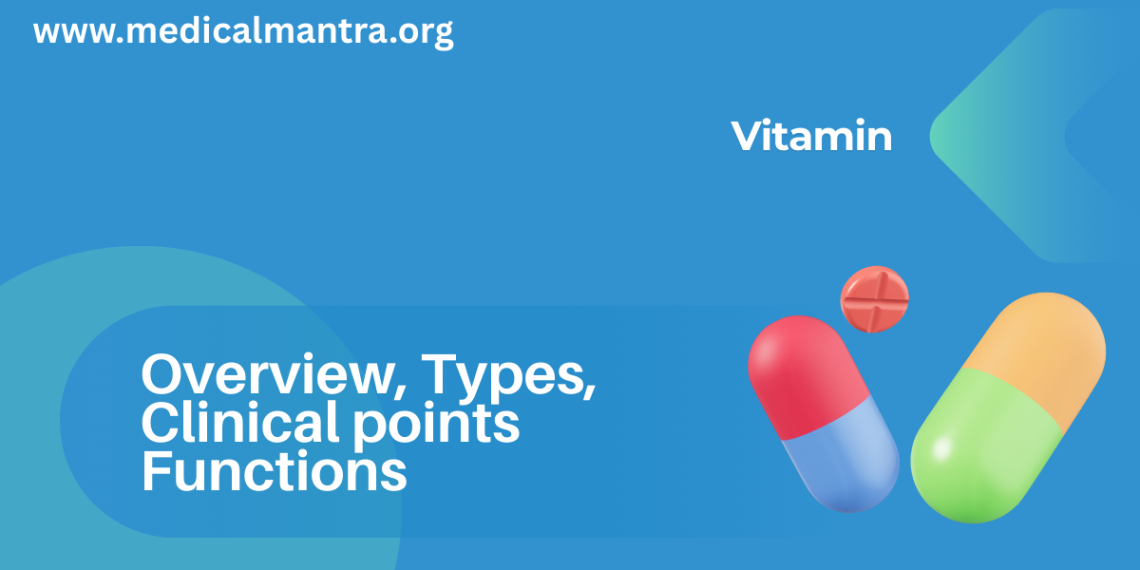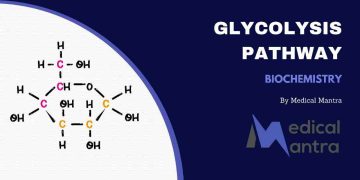What is Carbohydrates?
Carbohydrates are one of the three main macronutrients found in food, alongside proteins and fats. They serve as the primary source of energy for the body, particularly for organs such as the brain and muscles. Carbohydrates are made up of carbon, hydrogen, and oxygen atoms, and they come in several forms
Table of Contents
Structure
At their core, carbohydrates are composed of carbon (C), hydrogen (H), and oxygen (O) atoms. Their general formula is often represented as (CH2O)n, where n represents the number of carbon atoms in the molecule. However, this formula doesn’t hold true for all carbohydrates, and some exceptions exist.
The basic building block of carbohydrates is a monosaccharide, which means “single sugar.”
Monosaccharides are the simplest carbohydrates and typically contain 3-7 carbon atoms. They have a carbonyl group (either an aldehyde or ketone) and multiple hydroxyl groups (OH). The arrangement of these functional groups around the carbon backbone determines the specific type of monosaccharide.
Classification
Carbohydrates can be classified into several categories based on their chemical structure, complexity, and how the body digests them. Here’s a breakdown of the main classifications:
- Simple Carbohydrates:
- Monosaccharides: These are the simplest form of carbohydrates, consisting of a single sugar molecule. Common examples include glucose, fructose, and galactose.
- Disaccharides: These are made up of two monosaccharide molecules bonded together. Examples include sucrose (glucose + fructose), lactose (glucose + galactose), and maltose (glucose + glucose).
- Complex Carbohydrates:
- Oligosaccharides: These contain 3 to 10 monosaccharide units bonded together. Oligosaccharides are found in some foods and play a role in gut health.
- Polysaccharides: These are complex carbohydrates composed of long chains of monosaccharide units. Examples include:
- Starch: Found in foods like grains, legumes, and starchy vegetables. Starch is a major source of energy for humans.
- Glycogen: This is the storage form of glucose in animals, mainly stored in the liver and muscles.
- Cellulose: Found in plant cell walls, cellulose is indigestible by humans but provides dietary fiber, which is important for digestive health.
- Hemicellulose and pectin: Other types of dietary fiber found in plant cell walls.
- Based on Glycemic Index:
- High-Glycemic Carbohydrates: These carbohydrates are rapidly digested and cause a quick spike in blood sugar levels. Examples include sugary snacks, white bread, and sugary cereals.
- Low-Glycemic Carbohydrates: These carbohydrates are digested more slowly, leading to a gradual increase in blood sugar levels. Examples include whole grains, fruits, vegetables, and legumes.
What are the main Functions of Carbohydrates
Carbohydrates serve various vital functions in living organisms:
Energy Source: Carbohydrates, particularly glucose, are the primary fuel source for cellular respiration. The breakdown of glucose releases energy that cells can utilize for various processes.
Energy Storage: Polysaccharides like starch and glycogen act as energy reserves. Starch is the primary storage carbohydrate in plants, while glycogen is the storage form in animals. These complex molecules can be broken down into glucose when the body needs a readily available energy source.
Structural Support: Carbohydrates, such as cellulose in plants and chitin in insects and fungi, provide structural support and rigidity to cell walls and exoskeletons.
Cell Recognition and Signaling: Carbohydrates attached to lipids and proteins on cell surfaces play a crucial role in cell recognition and signaling processes, allowing cells to interact with their environment.
Metabolism of Carbohydrates –
The journey of carbohydrates doesn’t end with their structure and classification. Their true significance lies in how they are utilized by living organisms – through metabolism. Carbohydrate metabolism refers to the intricate biochemical processes involved in the breakdown, utilization, and storage of carbohydrates.
Process
Digestion: The journey begins in the digestive system. Complex carbohydrates like starches are broken down into simpler sugars (monosaccharides) by enzymes such as salivary amylase and pancreatic amylase. These monosaccharides, primarily glucose, fructose, and galactose, are then absorbed into the bloodstream through the small intestine.
Glycolysis: Once in the bloodstream, glucose becomes the main player. It enters cells and undergoes a series of enzymatic reactions known as glycolysis. This process breaks down glucose into pyruvate, a three-carbon molecule, while generating a small amount of ATP (adenosine triphosphate), the cell’s primary energy currency, and NADH (nicotinamide adenine dinucleotide), an electron carrier.
The fate of pyruvate depends on oxygen availability:
Aerobic Respiration (With Oxygen): In the presence of oxygen, pyruvate enters the mitochondria, the cell’s powerhouse. Here, it participates in the Krebs cycle (citric acid cycle), a series of reactions that further extract energy from the molecule. The Krebs cycle generates additional ATP, NADH, and FADH2 (flavin adenine dinucleotide), another electron carrier. The electrons carried by NADH and FADH2 then enter the electron transport chain, a series of protein complexes within the mitochondria. This chain utilizes the energy from the electrons to pump protons across the mitochondrial membrane, creating a gradient. The chemiosmotic gradient established by the protons drives ATP synthesis through a process called oxidative phosphorylation. This final step generates the majority of ATP from carbohydrate metabolism.
Anaerobic Respiration (Without Oxygen): When oxygen is limited, pyruvate undergoes anaerobic respiration. This pathway varies depending on the organism, but generally, it produces less ATP and results in the formation of lactate (in animals) or ethanol (in some fungi and plants) as a byproduct.
Storage and Other Pathways:
Excess glucose, beyond immediate cellular needs, can be stored for later use through two main pathways:
Glycogenesis: Glucose molecules are linked together to form glycogen, a branched polysaccharide, primarily stored in the liver and muscles. When the body requires energy, glycogen can be broken down back into glucose through glycogenolysis
Gluconeogenesis: In situations where dietary glucose is scarce, the body can synthesize glucose from non-carbohydrate precursors like lactate, pyruvate, and certain amino acids. This process occurs mainly in the liver and kidneys.
The Pentose Phosphate Pathway:
An alternative pathway for carbohydrate metabolism exists – the pentose phosphate pathway. This pathway operates alongside glycolysis and utilizes glucose to generate pentose sugars needed for nucleotide synthesis (building blocks of DNA and RNA) and reduced forms of NADPH, crucial for various biosynthetic reactions.


